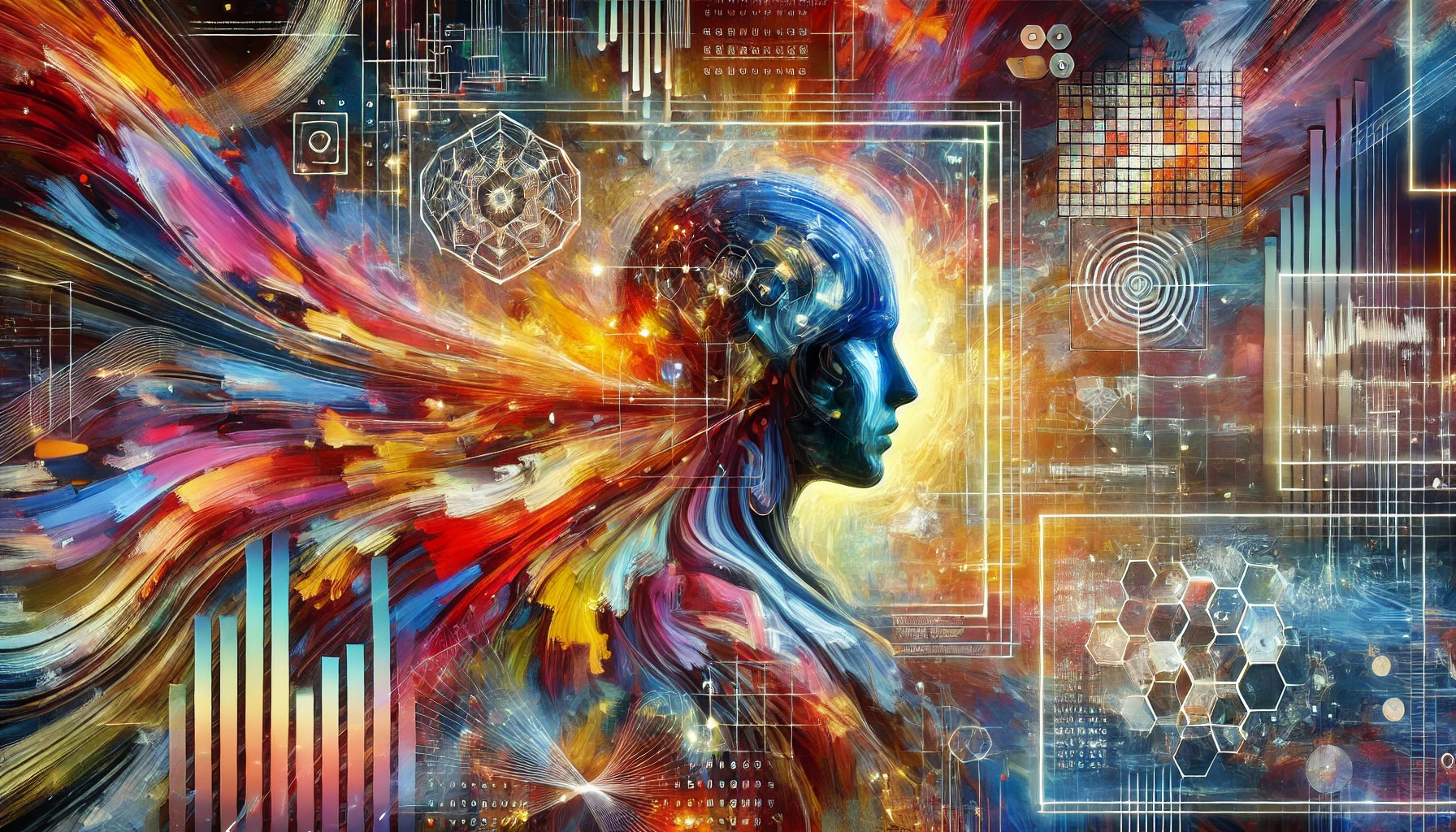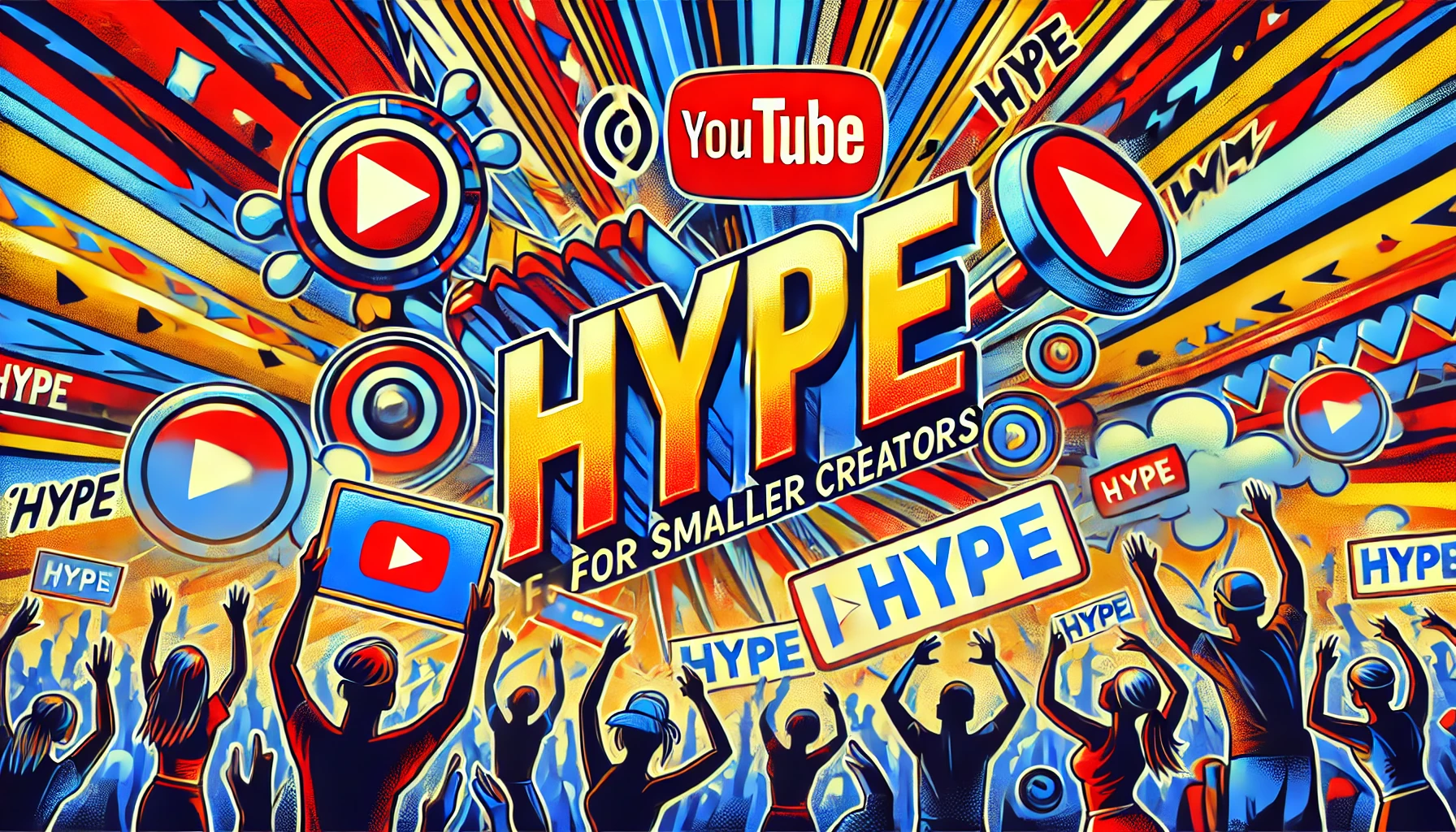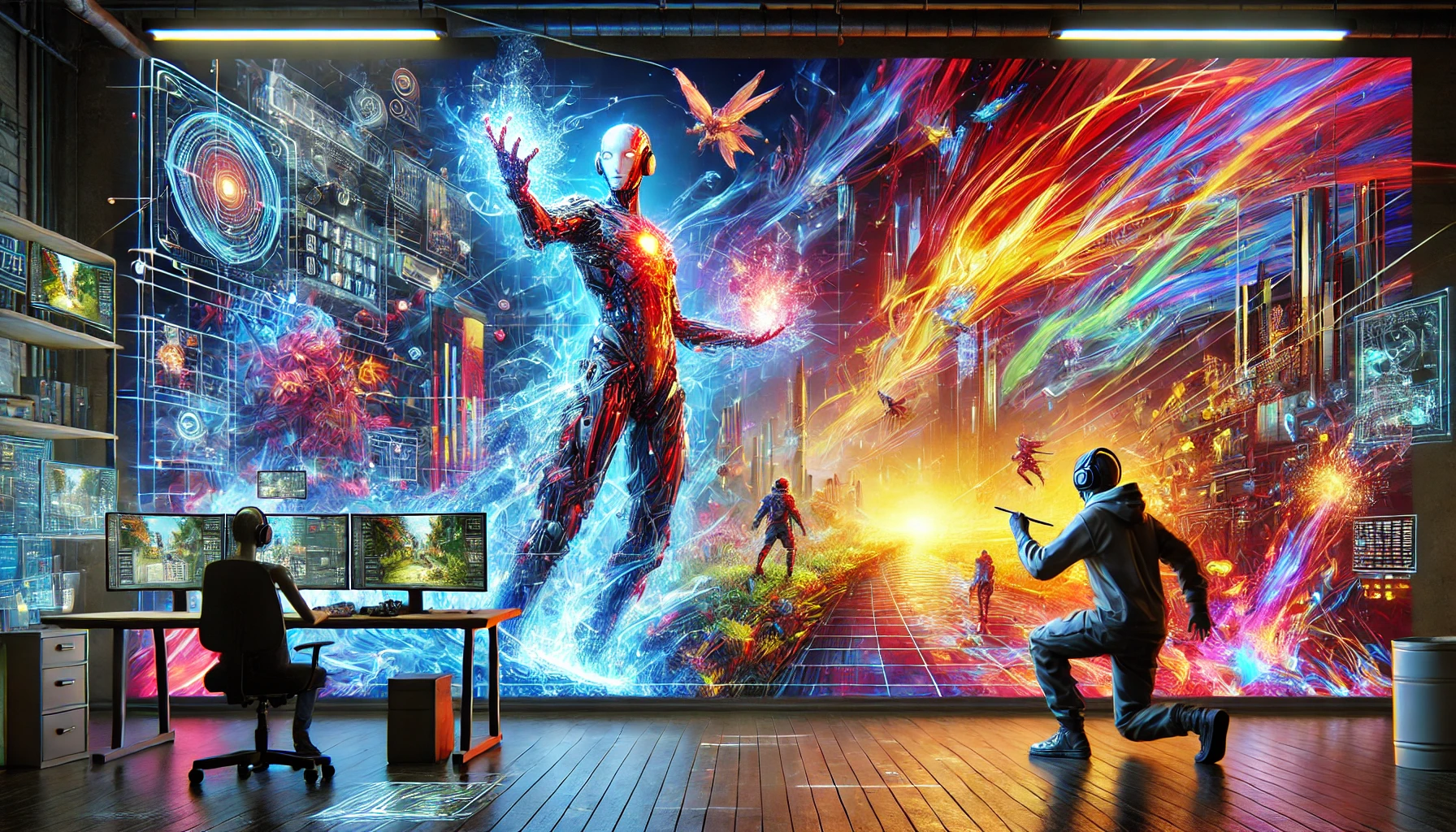It’s time to talk about Mistral AI, the team behind Pixtral-12B, their latest and greatest vision-Language Learning Model (LLM). If you’ve been glued to the usual suspects—GPT-4, Claude, and LLaMA—then Pixtral-12B is here to break your echo chamber and hit refresh on the open-source AI scene.
Mistral AI is no newcomer to the game, but with Pixtral-12B, they’ve taken things to a whole new level. We're talking groundbreaking open-source AI that blends image generation, manipulation, and creative concept production in ways that were previously science fiction. This isn’t just another LLM; it's the future of AI-powered vision.
Meet Pixtral-12B: A Revolutionary Vision-Language Model
So, what exactly is Pixtral-12B? At its core, Pixtral-12B is a vision-language model (VLM) made to push the boundaries of image generation and understanding. This isn’t just about slapping a prompt into a text field and getting a blurry, AI-generated blob. With 12 billion parameters, this model is designed to process and generate realistic images from text descriptions, manipulate existing images with an almost artistic precision, and even come up with creative concepts at the drop of a hat.
Mistral AI has always been known for their cutting-edge approach to open-source models, but Pixtral-12B is something else entirely. It’s like combining the best of text-to-image models with state-of-the-art language capabilities, all within an open-source framework.
And the kicker? Pixtral-12B is out here offering these multimodal abilities in a way that is miles ahead of anything Meta, Google, or OpenAI have released. If you’re thinking this is just another AI art generator, think again. We're talking about precision, depth, and real-world applications that go beyond just a pretty picture.
What Makes Pixtral-12B Special?
At this point, you might be wondering: what’s the big deal about Pixtral-12B? Let's break it down.
-
Image Generation from Text Descriptions: Ever wanted to visualize exactly what’s in your head? With Pixtral-12B, you can input detailed text descriptions, and it will generate highly realistic images that are as close to reality as you can get. No more guessing games—this is creativity at your fingertips.
-
Precision Image Manipulation: If you already have an image but want to make adjustments, Pixtral-12B is here for that too. You can tweak and adjust existing images with an unbelievable level of precision, ensuring that your vision comes to life in exactly the way you intend.
-
Creative Concept Generation: Whether you’re an artist, designer, or just someone looking to generate new creative ideas, Pixtral-12B doesn’t disappoint. It can craft entirely new concepts based on a few input prompts, offering endless possibilities for creative industries and AI enthusiasts alike.
This makes Pixtral-12B a key player in vision-based AI applications like advertising, digital art, gaming, and more. It’s not just about generating cool images—it’s about rethinking how we use AI to transform entire industries.
Why Pixtral-12B is Redefining AI
There’s been a lot of chatter about the limitations of current models, especially when it comes to multimodal tasks—those that involve both text and images. Mistral AI has stepped up to the plate with Pixtral-12B, showing that they not only understand the space but are ready to lead it.
With Pixtral-12B, you’re looking at an architecture that’s optimized for speed, accuracy, and adaptability. You can generate high-res images at 1000x1000 pixels, and the 16x16 pixel patching ensures that those images are clean, detailed, and highly accurate. Unlike some of the other multimodal models out there—I'm looking at you, LLaMA—Pixtral-12B doesn’t choke on arbitrary image sizes or get bogged down by context limitations.
Plus, with a 128,000-token context window, Pixtral-12B can process a massive amount of information at once, enabling it to handle complex tasks like object recognition, scene understanding, and even optical character recognition (OCR) with ease.
Mistral AI: The Quiet Giant Behind the Revolution
Let’s not forget who’s responsible for all this magic—Mistral AI. If you haven’t heard of them yet, you’re about to start hearing a lot more. Known for their focus on open-source AI and their commitment to democratizing access to cutting-edge technologies, Mistral AI has positioned themselves as a serious contender in the world of AI development.
This isn’t their first rodeo, either. Mistral made waves earlier with their Mistral 7B model, but with Pixtral-12B, they’ve solidified their reputation as one of the top players in the open-source AI community. They’re out here competing with heavyweights like Meta, Google, and OpenAI, and they’re not just holding their own—they're leading the charge.
Pixtral-12B: An Open-Source Dream Come True
Now, let’s talk about the open-source aspect. Unlike some closed-off AI models (cough GPT-4 cough), Pixtral-12B is available for anyone to use, modify, and build upon. This means that developers, researchers, and creative professionals can all take advantage of Pixtral-12B without having to jump through hoops or pay exorbitant fees.
And the best part? The AI community thrives on open-source models like this because of the potential for fine-tuning, modifications, and new use cases. Pixtral-12B isn’t just a static tool; it’s a canvas waiting for the community to paint their own innovations onto.
The Future of AI is Here: What Can Pixtral Do For You?
Whether you're a developer, designer, or just someone interested in the future of AI, Pixtral-12B has something to offer. With its capabilities for image generation, manipulation, and creative concept development, the possibilities are endless. And with Mistral AI continuing to push the boundaries of what's possible in open-source AI, we can only expect even greater things to come.
Want to try out Pixtral-12B? You can check out the official model page here or visit Hugging Face for more details.
What Do You Think About the Future of Vision-Language Models?
Now that you've had a glimpse of Pixtral-12B and its capabilities, where do you think AI-powered image generation and multimodal models will take us next? Will AI disrupt creative industries, or will it just be another tool in the box for professionals?
Could open-source models like Pixtral-12B democratize access to AI and give smaller players a fighting chance in industries dominated by giants like Google and Meta?
Let us know what you think in the comments below. And while you’re at it, join the conversation—become part of the iNthacity community and claim your citizenship of the "Shining City on the Web". Don’t forget to like, share, and engage with us on your favorite social media platforms. We want to hear from you!





















Post Comment
You must be logged in to post a comment.